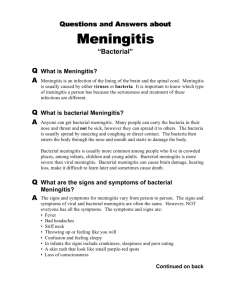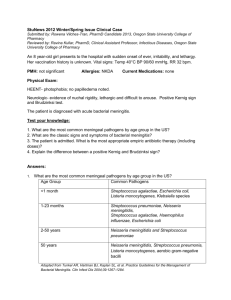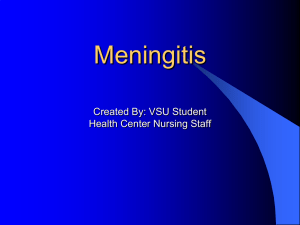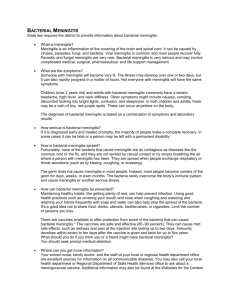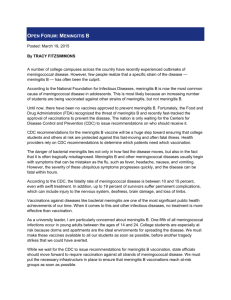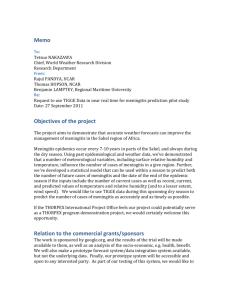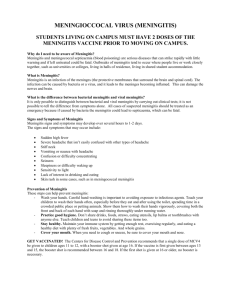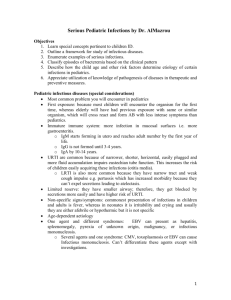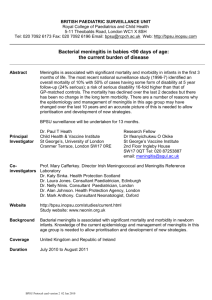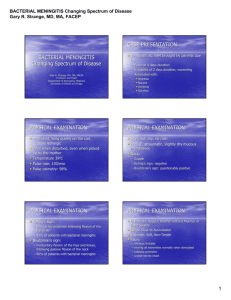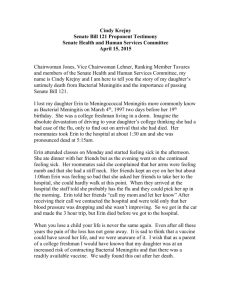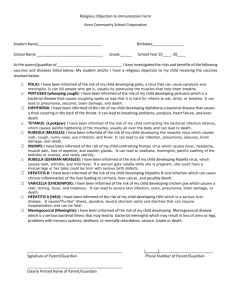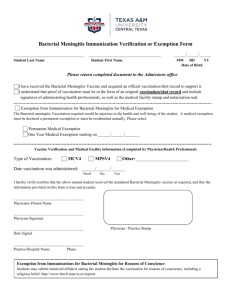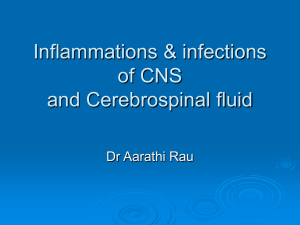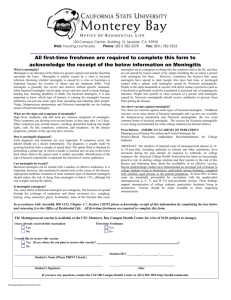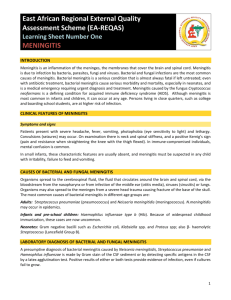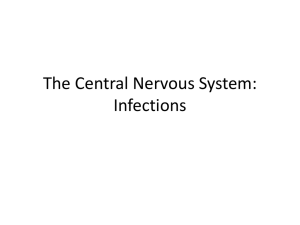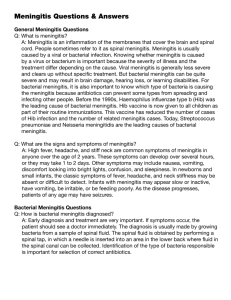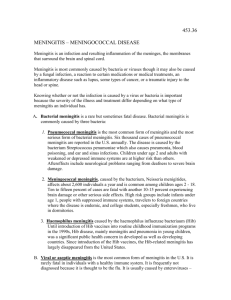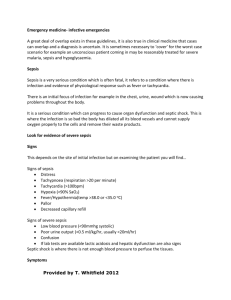Outpatient management of pediatric patients at very low risk of
advertisement
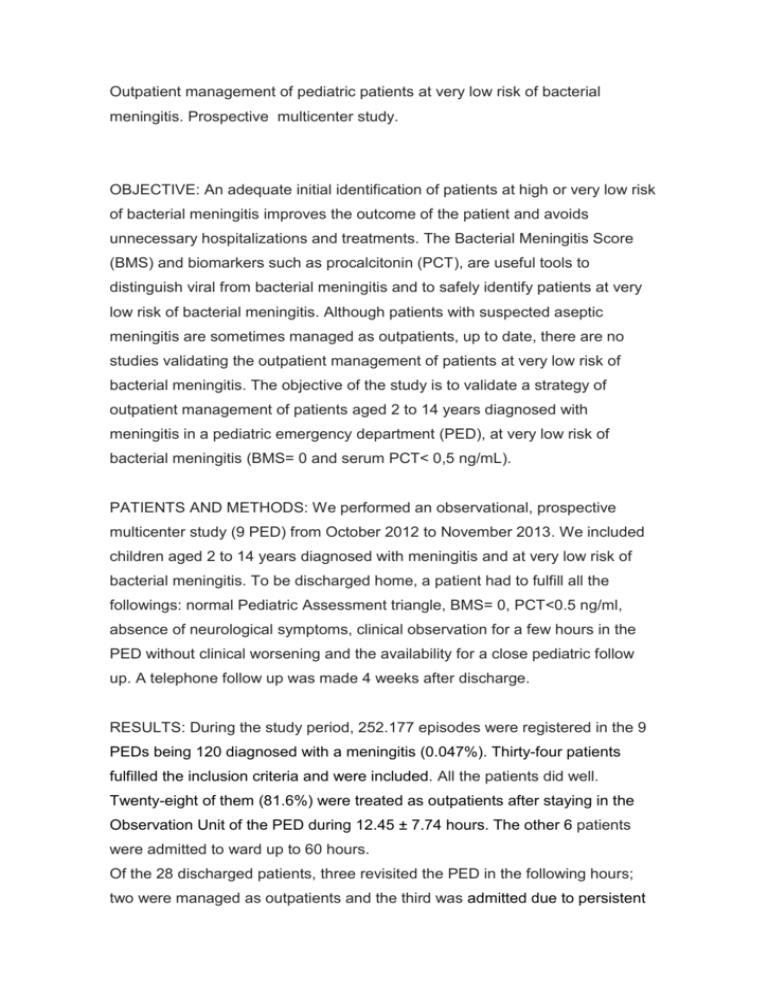
Outpatient management of pediatric patients at very low risk of bacterial meningitis. Prospective multicenter study. OBJECTIVE: An adequate initial identification of patients at high or very low risk of bacterial meningitis improves the outcome of the patient and avoids unnecessary hospitalizations and treatments. The Bacterial Meningitis Score (BMS) and biomarkers such as procalcitonin (PCT), are useful tools to distinguish viral from bacterial meningitis and to safely identify patients at very low risk of bacterial meningitis. Although patients with suspected aseptic meningitis are sometimes managed as outpatients, up to date, there are no studies validating the outpatient management of patients at very low risk of bacterial meningitis. The objective of the study is to validate a strategy of outpatient management of patients aged 2 to 14 years diagnosed with meningitis in a pediatric emergency department (PED), at very low risk of bacterial meningitis (BMS= 0 and serum PCT< 0,5 ng/mL). PATIENTS AND METHODS: We performed an observational, prospective multicenter study (9 PED) from October 2012 to November 2013. We included children aged 2 to 14 years diagnosed with meningitis and at very low risk of bacterial meningitis. To be discharged home, a patient had to fulfill all the followings: normal Pediatric Assessment triangle, BMS= 0, PCT<0.5 ng/ml, absence of neurological symptoms, clinical observation for a few hours in the PED without clinical worsening and the availability for a close pediatric follow up. A telephone follow up was made 4 weeks after discharge. RESULTS: During the study period, 252.177 episodes were registered in the 9 PEDs being 120 diagnosed with a meningitis (0.047%). Thirty-four patients fulfilled the inclusion criteria and were included. All the patients did well. Twenty-eight of them (81.6%) were treated as outpatients after staying in the Observation Unit of the PED during 12.45 ± 7.74 hours. The other 6 patients were admitted to ward up to 60 hours. Of the 28 discharged patients, three revisited the PED in the following hours; two were managed as outpatients and the third was admitted due to persistent symptoms. Neutrophilia ≥ 10,000 cells / microL as sole reason for exclusion was observed in 24 children. Seventeen patients were managed as outpatients and 7 were admitted, receiving 2 of them empiric antibiotics. All of 24 patients were finally diagnosed with viral meningitis. CONCLUSIONS: Outpatient management of patients aged 2 and 14 years diagnosed with meningitis and at very low risk of bacterial meningitis seems to be safe. The combination of BMS=0 and PCT<0.5 ng/ml may allow the outpatient management of one third of childhood meningitis.
